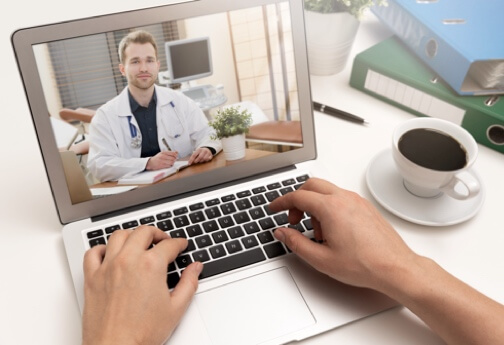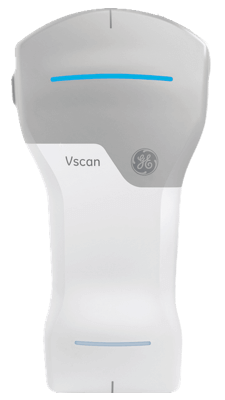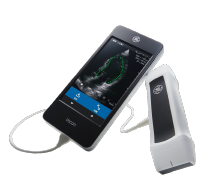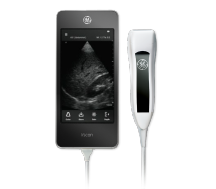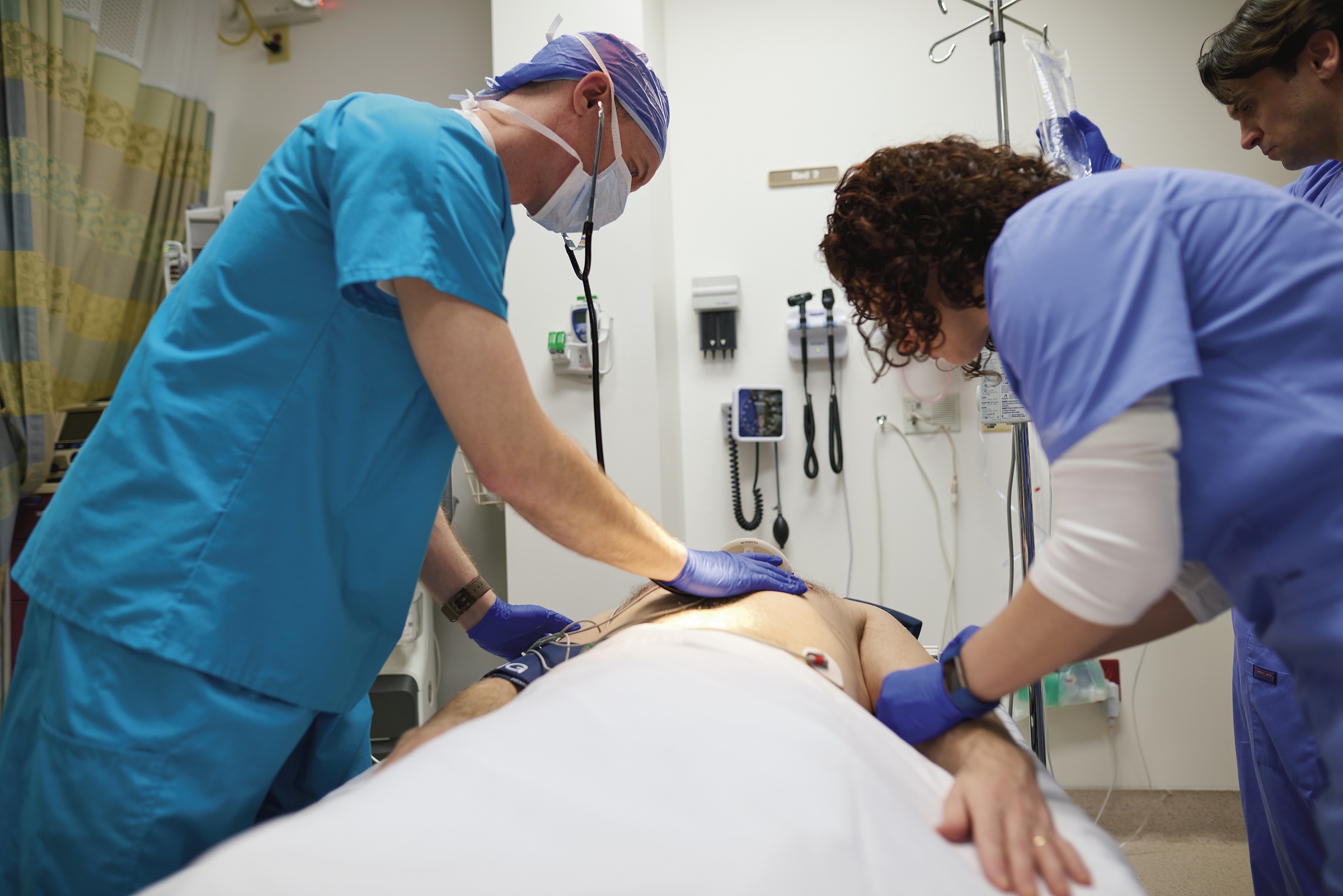
Speed and accuracy are absolutely critical when it comes to trauma triage. Although handheld ultrasound can help improve processes and outcomes in a variety of medical applications, the benefits of the technology compound quickly in trauma situations. While the use of handheld ultrasound has recently been demonstrated as a valuable tool in triaging COVID-19 patients, it has been used for quite some time in a variety of other triage situations.
Handheld Ultrasound at Work
Take the case of Jeff Hersh, MD, and his work as a physician with Boston Strong MA1 Disaster Medical Assist Team when it was tasked with responding to medical emergencies caused by Hurricane Irma in 2017. After the storm, he used handheld ultrasound to prioritize patient treatment. In one case, his team encountered a patient with chronic obstructive pulmonary disease (COPD) who had missed a dialysis treatment because of the hurricane.
With the information gathered from using handheld ultrasound, he was able to quickly examine her lungs and determine that her shortness of breath was a result of existing COPD. If pulmonary fluid had been causing her breathing difficulties, she would have required emergency dialysis. Using the handheld technology helped Dr. Hersh ascertain the proper level of care for the patient and obviated the need for emergency care. This also avoided putting unnecessary strain on the makeshift healthcare system that had been assembled to support hurricane victims.
Impact of Handheld Ultrasound in Patient Triage
The use of handheld ultrasound during natural disasters is just one example of how the technology can be used in trauma triage environments. It has already proven its merit in other, non-disaster situations.
Clinicians triaging patients with suspected cardiac disease have found that using handheld ultrasound at the point-of-care during a physical examination may result in physicians altering their initial diagnosis. A study published in the American Journal of Cardiology concluded, “During patient triage, extension of the physical examination by (POCUS) can cause physicians to alter their initial diagnosis, resulting in an immediate change of diagnostic and therapeutic procedures.”
Handheld ultrasound also has application for triage uses in obstetrics and gynecology. For example, a study in Ultrasound in Obstetrics and Gynecology evaluated the performance and potential impact of a pocket-sized ultrasound compared to high-specification ultrasound machines. The study concluded that the “findings and final diagnosis in the three study groups were similar for both a pocket-sized ultrasound machine used transabdominally and a high-specification machine used transvaginally and/or transabdominally.”
Improving the Patient Experience
The portability of handheld ultrasound is an ideal fit for situations in which both speed and accuracy are necessary in providing patients with proper care and addressing their pain and concerns. Handheld ultrasound not only helps the caregiver provide an improved experience and outcomes for their patients, but it also becomes a powerful tool for medical professionals.
While traditional ultrasound has provided similar benefits, handheld ultrasound offers both speed and accuracy that is particularly impactful in emergency medicine settings.

